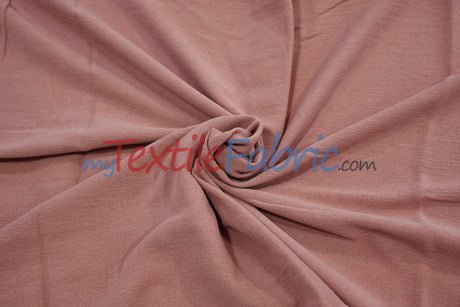When people think about decorating their living room or bedroom, they often focus on the main fabric, the bold prints or luxe textures. But in the textile industry, professionals know that what goes on inside matters just as much. Lining fabric is one of those behind-the-scenes materials that can make or break the quality of a finished piece.
While it’s often associated with lining clothes, it’s just as essential in home furnishings. Using the right lining for pillows and cushions ensures durability, better shape, and a touch of extra polish that sets high-quality products apart from the rest.
Why Use Lining Fabric in Home Décor?
You might be wondering why a pillow even needs lining. After all, isn’t the outer fabric enough? Not always. Lining fabric serves multiple functions that elevate the entire design.
First, it helps protect the outer fabric from wear and tear. Cushions get a lot of use. People sit on them, lean against them, and toss them around. Without a solid lining, even the most expensive fabric can wear thin or lose its shape.
Second, lining adds structure. Ever noticed how some pillows keep their crisp, tailored edges while others sag or look lumpy? Lining helps maintain that neat silhouette. It acts like a supportive layer that keeps the stuffing in place.
Improved Durability
The textile industry is all about creating products that last. That’s where lining fabric shines. When used in cushions or pillows, it reduces friction between the fill and the outer layer. This means less pilling, fewer holes, and less chance of the fabric getting threadbare.
For manufacturers, this is a big selling point. Customers don’t want to replace their cushions every year. By including a quality lining, brands can promise and deliver better longevity.
Better Feel and Comfort
It’s not just about durability. Lining fabric also improves the overall feel of a pillow or cushion. When you sit down, you want that plush, comfortable experience. Lining can help distribute the fill more evenly so you don’t end up with weird lumps or flat spots.
For high-end home décor brands, this attention to detail is critical. It’s what separates a luxury pillow from a bargain-bin find.
Adding Style Through Subtle Details
Though often hidden from view, lining can also add to the overall design. Some companies use contrasting linings to create subtle hints of color at seams or edges. Others choose linings with slight sheen or texture for a more elevated look.
This is the kind of small detail that customers may not notice consciously but that contributes to the overall impression of quality and care.
Lining Clothes vs. Lining Home Décor
People often think of lining clothes, jackets, skirts, and dresses when they hear the word lining. And it’s true, fashion relies heavily on lining for structure, comfort, and finish. But the same principles apply to home décor.
Just as a lined blazer feels more luxurious and holds its shape better, a lined cushion offers better form and comfort. The textile industry has long known that lining is an investment in quality, no matter what the end product is.
Fabric Choices for Linings
Not all lining fabric is created equal. For pillows and cushions, textile manufacturers have many choices depending on the desired effect.
Lightweight cotton or cotton-poly blends are breathable and easy to work with, perfect for casual or washable items. For more formal pieces, satin linings can add a subtle shine and silky feel. Even heavier materials like twill or canvas can be used when maximum structure is needed.
Manufacturers often source these fabrics in bulk to ensure consistency across product lines. This helps maintain brand reputation for quality and finish.
The Role of Sustainability
These days, the textile industry can’t ignore sustainability. Lining isn’t exempt from this trend. More manufacturers are choosing organic cotton linings or recycled polyester options.
Not only does this reduce environmental impact, but it’s also a selling point. Consumers want to know they’re buying products that align with their values. Offering sustainable lining fabric options gives brands a clear marketing advantage.
Cost Considerations
Of course, adding lining increases production costs slightly. But for most brands, this is a smart investment. Customers are willing to pay a little more for pillows and cushions that last longer, feel better, and maintain their shape over time.
Bulk purchasing helps manage costs. Sourcing lining fabric in large quantities ensures consistency while keeping prices competitive. It’s one of those smart supply chain decisions that can improve the bottom line without sacrificing quality.
Tips for Designers and Makers
If you’re in the business of designing or producing cushions and pillows, don’t overlook your lining choices. Here are a few quick tips:
- Match the weight of the lining to the outer fabric. Too light and it won’t add structure. Too heavy and it can make the pillow stiff.
- Choose breathable linings for hot climates or outdoor use.
- Consider the color. Even if it’s hidden, a good color match shows attention to detail.
- Think about sustainability. Eco-friendly options resonate with modern buyers.
Final Thoughts
At the end of the day, lining fabric is one of those details that might seem small but has a big impact. It’s what makes a cushion feel expensive, hold its shape, and last for years.
The textile industry knows this well. By investing in quality linings, much like in lining clothes, brands can deliver better products, keep customers happy, and build loyalty that lasts.
So the next time you’re planning a line of home décor products or shopping for new cushions, remember to look beyond the surface. It’s what’s inside that really counts.







